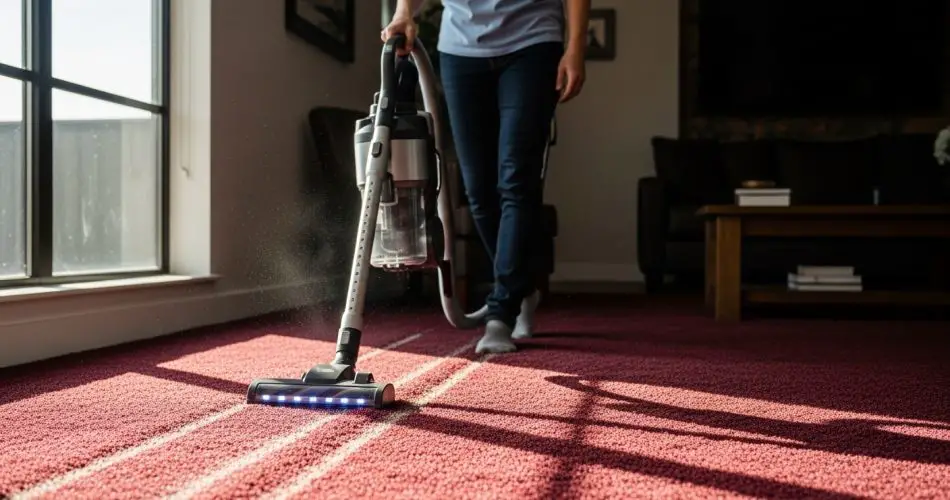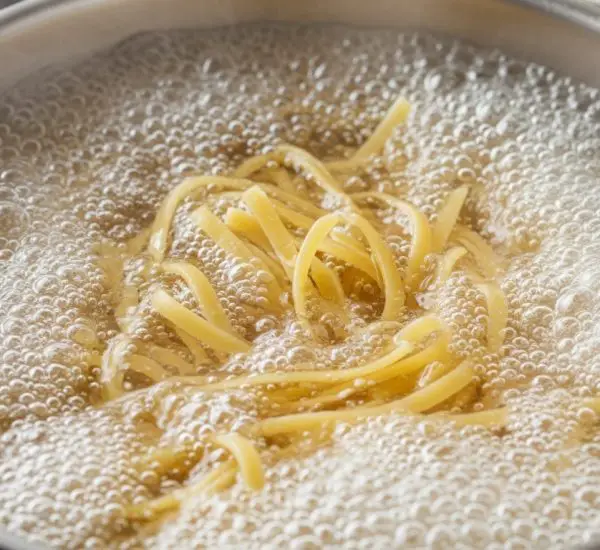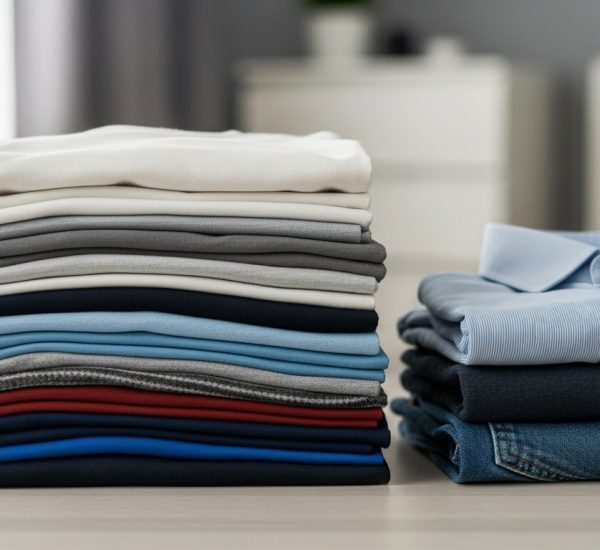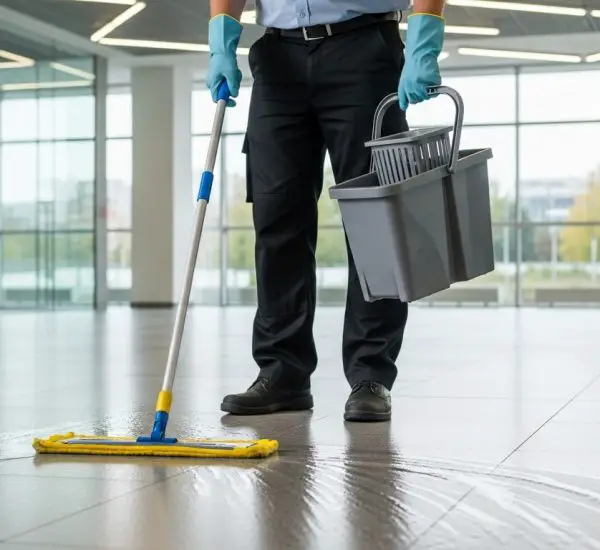If you find washing your rugs exhausting and time-consuming, don’t worry—you’re not alone. Rugs are beautiful additions to any home, but keeping them clean can be a challenge. Luckily, there are simple and affordable ways to wash and refresh your rugs at home without having to rely on expensive laundry services. Follow this practical guide and you’ll be amazed by the results.
Why Rugs Deserve Extra Care
Rugs are more than just decorative accessories—they’re key elements that help define your home’s atmosphere and express your personal taste. Whether traditional or modern, colorful or minimalist, the right rug can instantly transform any room, adding warmth, style, and personality.
However, because rugs are placed on the floor and constantly stepped on, they are magnets for dust, dirt, and stains. Spills, pet hair, and foot traffic can quickly make them look worn out. While professional cleaning is always an option, it’s not always the most practical or affordable one. Laundry services typically charge by weight, and rug washing can easily become expensive, especially for larger pieces.
That’s why learning how to properly clean your rugs at home can save you both money and effort while keeping your interiors fresh and inviting.
Step 1: Machine Washing Your Rug the Right Way
Many people don’t realize that some rugs can safely be washed in the washing machine—as long as you do it correctly. Tossing your rug into the machine and running a normal cycle is not the right approach; rugs require special care to prevent damage to their fibers, colors, and shape.
Here’s how to do it properly:
-
Check the Label:
Always start by checking the care label on your rug. Some materials—like cotton or certain synthetic fibers—can tolerate machine washing, while wool, silk, or jute rugs cannot. -
Shake and Vacuum First:
Before washing, remove as much loose dirt and debris as possible. Take the rug outside, shake it vigorously, and then vacuum both sides. This helps prevent your washing machine from getting clogged with dust or hair. -
Use Cold or Lukewarm Water (No Higher Than 30°C):
High temperatures can cause colors to fade or fabrics to shrink. Keep the water cool to protect the rug’s texture and design. -
Skip the Spin Cycle:
Avoid using the spin or centrifuge function. The rapid rotation can warp or stretch the fibers, ruining the rug’s shape. -
Choose a Gentle Detergent:
Use a mild, liquid detergent formulated for delicate fabrics. Avoid bleach or strong chemicals—they can damage both the material and the color pattern. -
Air Dry Completely:
After washing, hang the rug in a well-ventilated area away from direct sunlight. Never fold or store it while damp, as trapped moisture can lead to mold and bad odors. Make sure it’s completely dry before putting it back on the floor.
Machine washing is ideal for smaller rugs, like those in bathrooms, entryways, or under coffee tables. It’s quick, efficient, and keeps them looking clean without professional intervention.
Step 2: Dry Cleaning at Home for Delicate Rugs
If your rug is too large, too delicate, or made from materials that shouldn’t be submerged in water, there’s another excellent option: dry cleaning at home.
For this method, you’ll need a special dry foam cleaner, which you can easily find in most supermarkets or home supply stores. This product is designed to lift dirt and stains without needing water, making it perfect for delicate or non-washable rugs.
Here’s how to use it:
-
Vacuum the Rug Thoroughly:
Remove surface dust and pet hair first. The cleaner works best on a rug that’s already free of loose debris. -
Test on a Small Area:
Before applying the product, test a small, hidden section of the rug to ensure the foam doesn’t cause discoloration or damage. Different fabrics react differently to chemical cleaners. -
Apply the Foam Evenly:
Spray or spread the foam over the stained area or across the rug’s surface, depending on your needs. -
Let It Sit:
Follow the instructions on the label—usually, you need to let the foam sit for 10–20 minutes. During this time, it will absorb the dirt and oils trapped in the fibers. -
Vacuum Again:
Once the foam has dried, vacuum the rug to remove both the cleaner and the absorbed dirt. The result should be a visibly cleaner, fresher rug.
Dry foam cleaners are particularly effective for removing stubborn stains—such as coffee, wine, or pet accidents—without risking water damage.
Step 3: Maintaining Your Rugs Between Deep Cleans
To keep your rugs looking fresh longer, adopt a few simple habits:
-
Vacuum Regularly: Once or twice a week is ideal, especially for high-traffic areas.
-
Rotate Periodically: Turn your rug every few months to ensure even wear.
-
Handle Spills Immediately: Blot (never rub) spills with a clean cloth and mild soap solution to prevent stains from setting.
-
Use a Rug Pad: It prevents slipping, reduces wear, and improves ventilation underneath the rug.
These preventive steps minimize the need for frequent deep cleaning and help your rugs maintain their texture and color over time.
Final Thoughts
Rugs are an essential part of home décor, adding warmth, comfort, and style to any room. But they also require regular maintenance to stay beautiful and hygienic. While sending them to a professional cleaner might seem convenient, learning how to wash or dry clean them yourself is an excellent way to save money and ensure proper care.
With the right approach—gentle washing, smart drying, and occasional dry cleaning—you can restore your rugs’ original vibrancy and softness without professional help.
So, before you haul your rug off to the dry cleaners, try these at-home methods first. A little time and care can go a long way in keeping your floors looking flawless, fresh, and inviting.




